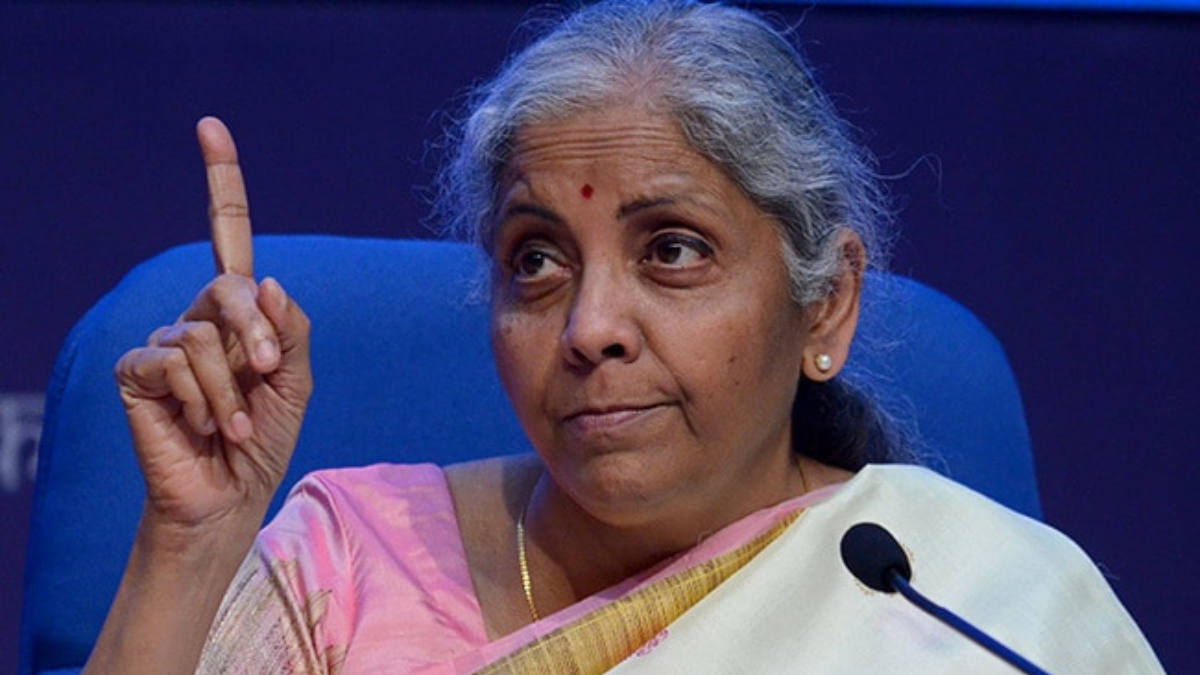The 56th GST Council Meeting 2025 is being held in New Delhi on September 3–4, chaired by Finance Minister Nirmala Sitharaman. Major discussions include GST slab rationalisation, tax cuts on essentials, electronics, and hybrid cars, plus revenue protection for states.
The 56th GST Council Meeting is taking place on September 3 and 4, 2025, in New Delhi, under the chairmanship of Finance Minister Nirmala Sitharaman. This meeting is considered one of the most crucial gatherings since the introduction of GST in 2017, as it focuses on slab rationalisation, tax relief for consumers, and structural reforms. Ahead of the festive season, many common-use products like toothpaste, shampoos, televisions, and hybrid cars may see significant tax cuts, giving relief to households and boosting demand in the economy.
About GST Council
The Goods and Services Tax (GST) Council is the highest decision-making body for GST-related issues in India. It is chaired by the Union Finance Minister and includes finance ministers of all states and union territories. The council’s role is to decide tax rates, make structural changes, resolve disputes, and bring uniformity in indirect taxation across the country.
The 56th meeting is particularly important because it may mark the beginning of GST 2.0, a restructured and simplified tax system that benefits both consumers and businesses.
Key Dates and Venue
- Officers’ Meeting: September 2, 2025, 11:00 AM, New Delhi
- Council Meeting: September 3–4, 2025, 11:00 AM onwards, New Delhi
- Chairperson: Finance Minister Nirmala Sitharaman
- Members: Finance ministers of states and union territories
Source: 56th GST Council Meeting Details – Business Standard
Main Agenda of the 56th GST Council Meeting 2025
The agenda is wide-ranging, but the focus is on simplifying GST slabs, reducing tax rates on consumer goods, protecting state revenues, and improving compliance.
1. GST Slab Rationalisation
- Current GST has four slabs: 5%, 12%, 18%, and 28%.
- Proposal: Merge into two slabs – 5% and 18%, with a separate 40% slab for sin and luxury goods.
- Aim: Simplify the structure, reduce disputes, and make GST more business-friendly.
2. Tax Cuts on Consumer Goods
- GST on toothpaste, shampoo, talcum powder: 18% → 5%
- GST on televisions, air conditioners: 28% → 18%
- Hybrid cars: possible reduction from 28% to 18%
- Other essentials like dals, tea, coffee may also get tax relief
This will directly reduce prices for consumers and may boost festive season demand.
3. Compensation for States
- States may lose ₹1.5–2 trillion annually due to rationalisation.
- Proposal for a new cess (Health or Clean Energy Cess) to protect state revenues.
- Long-term revenue protection discussions are expected.
4. Structural & Compliance Reforms
- Simpler GST return filing with pre-filled returns.
- Use of automation and AI for faster processing.
- Addressing inverted duty structure problems in sectors like footwear, textiles, fertilizers.
5. Sector-Specific Decisions
- Insurance sector GST clarifications.
- Uniform 5% GST on drones.
- New rules for digital services, e-commerce, and gaming.
Summary Table – 56th GST Council Meeting
| Aspect | Details |
|---|---|
| Dates | September 3–4, 2025 (Council), September 2 (Officers) |
| Venue | New Delhi |
| Chaired by | Finance Minister Nirmala Sitharaman |
| Focus Areas | GST slab rationalisation, tax cuts, revenue protection for states, compliance reforms |
| Consumer Goods Impact | Essentials, electronics, hybrid cars may get cheaper |
| State Compensation | Possible new cess, revenue protection assured |
| Economic Impact | Boost in demand, festive season relief for households |
Impact on Consumers and Businesses
- For Consumers: Prices of daily-use items like toothpaste, shampoo, and TV sets may drop, giving households more purchasing power.
- For Businesses: A simpler GST structure means fewer disputes, easier filing, and reduced compliance burden.
- For States: Short-term revenue concerns, but long-term compensation plans are being considered.
- For the Economy: Expected to boost demand, support manufacturing, and increase overall tax compliance.
Market Sentiment
Stock markets have already responded positively to the news of the meeting. The Nifty 50 and Sensex rose around 0.4% ahead of the meeting, led by gains in FMCG, consumer durables, and automobile stocks. Investors are expecting higher demand in the coming festive season due to tax relief measures.
FAQs on 56th GST Council Meeting 2025
Q1. When is the 56th GST Council Meeting happening?
The meeting is being held on September 3–4, 2025, in New Delhi.
Q2. Who chairs the GST Council?
The council is chaired by Union Finance Minister Nirmala Sitharaman.
Q3. What is the biggest agenda of the 56th meeting?
The main focus is GST slab rationalisation, reducing tax rates, and protecting state revenues.
Q4. Will consumer goods become cheaper?
Yes, items like toothpaste, shampoo, TVs, ACs, and hybrid cars may see a 10–13% reduction in GST rates.
Q5. How will this impact states’ finances?
States may lose revenue, but the Centre is considering a new cess to compensate them.
Q6. Why is this meeting called GST 2.0?
Because it is expected to simplify GST structure, cut rates, and make the system more transparent and business-friendly.
Conclusion
The 56th GST Council Meeting 2025 in New Delhi is one of the most awaited policy events of the year. With expected tax cuts on essentials and electronics, simplified GST slabs, and reforms in compliance, the meeting could mark the start of GST 2.0 in India. If implemented well, these decisions will not only reduce the burden on consumers but also strengthen India’s indirect tax system in the long run.










